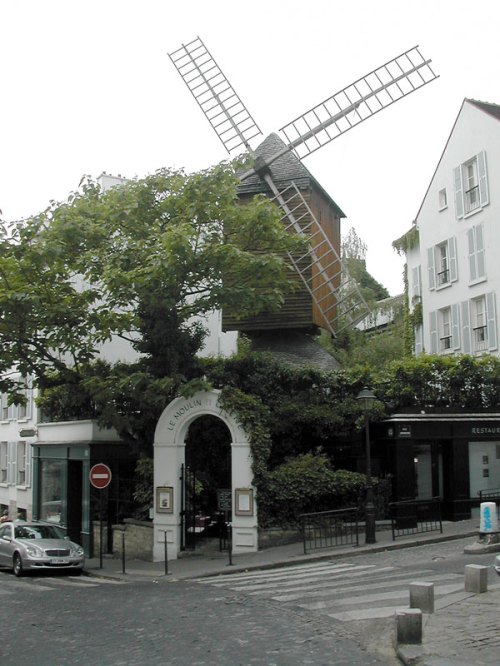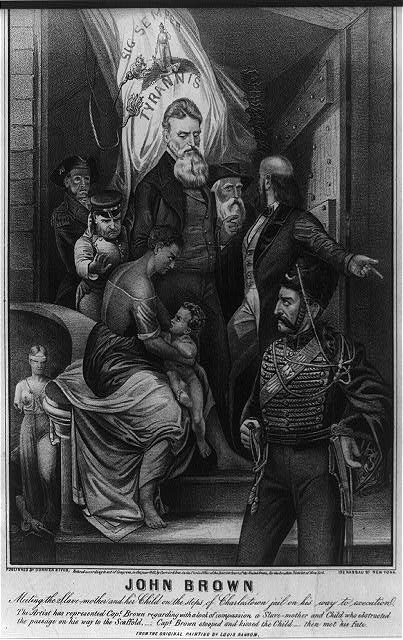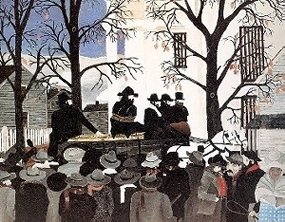October 24, 2009
GREENPOINT JOURNAL
A Place to Worship, and to Jam, Shop and Feast
By RACHEL GRAVES
The mostly empty pews at the Lutheran Church of the Messiah spoke of a dying congregation. But as the 17 worshipers returned to their seats after communion on a recent Sunday, they faced a more encouraging symbol: guitars, keyboards and drums poking up from the choir loft, hinting at the church’s double life.
The instruments belong to two rock bands that, along with many other artists and local food enthusiasts, consider the church in Greenpoint, Brooklyn, a secular home.
“It’s a great reminder of the duality of the space,” said the Rev. Griffin Thomas, pastor of the church, gesturing at the instruments. “The creativity and the art nurtured here make the space more sacred and holy.”
The church will mark its 110th anniversary on Sunday, celebrating its founding as one of the first English-speaking Lutheran churches in New York.
Once bustling with 500 parishioners at Sunday services, the church has seen its congregation wane as the neighborhood has changed.
By the time he took over as pastor in 2004, the church was “like a tomb,” Pastor Thomas said. “Maybe three hours a week the church was being used out of seven days, and the rest of the time it was just sitting here, completely locked up.”
Pastor Thomas thought the lack of activity was bad stewardship of the congregation’s main asset, its building. His favorite part of the church was the choir loft, nestled near the vaulted ceiling and rose-tinted because of a pink, violet and green stained-glass window.
Mr. Thomas cleaned out the loft with the idea that perhaps an artist or writer could work there. He advertised it on Craigslist, calling it a “unique space.” Instead of the quiet artist he was expecting, a rock band responded to his ad.
The members of the band, Penelope, arrived at 129 Russell Street to meet with Pastor Thomas and were stunned to find a century-old brick church decorated for Christmas, complete with a Nativity scene.
“It was like, ‘Say what?’ ” said Allen Wilcox, who plays synthesizers and bass in the band, now reincarnated as Friends Academy. They were intimidated but intrigued by the hallowed space.
Pastor Thomas was worried about noise, but he agreed to let the band rehearse in the church. Friends Academy also brought in another band.
A neighbor did complain about noise, but even that turned into a positive part of the church’s transformation: The neighbor was Brooke O’Harra, a co-founder of the Theater of a Two-Headed Calf. When she learned about the band, she asked if her group could rehearse in the church’s humble green basement. Pastor Thomas eagerly agreed.
Soon, other theater groups were giving performances in the basement, and the pastor was also working with the well-known concert organizer Todd Patrick, or Todd P., to put on rock shows there.
Beyond the arts, the church hosts a community-supported agriculture program, allowing customers to buy directly from local farmers. As they pick out their cherry tomatoes and garlic bulbs, they often hear drumming filtering down from the choir loft.
And the help goes both ways: Instead of renting the space, the groups generally donate part of their proceeds.
For the anniversary celebration on Sunday, the worship service will include Bishop Robert A. Rimbo and many of the artists who use the space.
Members of the congregation have accepted the changes with varying degrees of enthusiasm. Norma Dodenhoff, who has attended the church for 75 years, said she initially found it “overwhelming having all of these strangers coming in,” but now believed it had worked out well.
Asked about the bands, Mrs. Dodenhoff gets a mischievous smile on her face. “The young men are delightful,” she said. “Do I like their music? That’s another story.”
Pastor Thomas said his main concern was respecting the neighborhood and the church. “I obviously don’t want crowd-surfing, mosh-pit, stage-diving kind of people,” he said. “I like to have people who appreciate the space and want it to continue going rather than it being disposable.”
The scene on a recent Saturday night could not have been more different from Sunday services. The church basement was packed with about 250 hipsters eating soup, listening to live music and voting on which of 14 artists’ proposals should receive a grant paid for with participants’ $10 and $20 entrance fees, based on a pay-what-you-can model.
The event, Funding Emerging Art With Sustainable Tactics, or Feast, was started by Jeff Hnilicka, an arts administrator who got to know the church and Pastor Thomas by buying his vegetables there. After a night of barely controlled chaos, Mr. Hnilicka handed a bag of cash — $1,200 — to the winners, Elizabeth Knafo and Dylan Gauthier. Their project, Green My Bodega, plans to connect local farms with bodegas.
The church’s many uses have expanded Pastor Thomas’s pastoral duties considerably: arts impresario, composter, even bouncer, herding beer drinkers who spilled out of the Feast event off the sidewalk. “Not in front of the church,” he told them.
Copyright 2009 The New York Times Company
![]()












